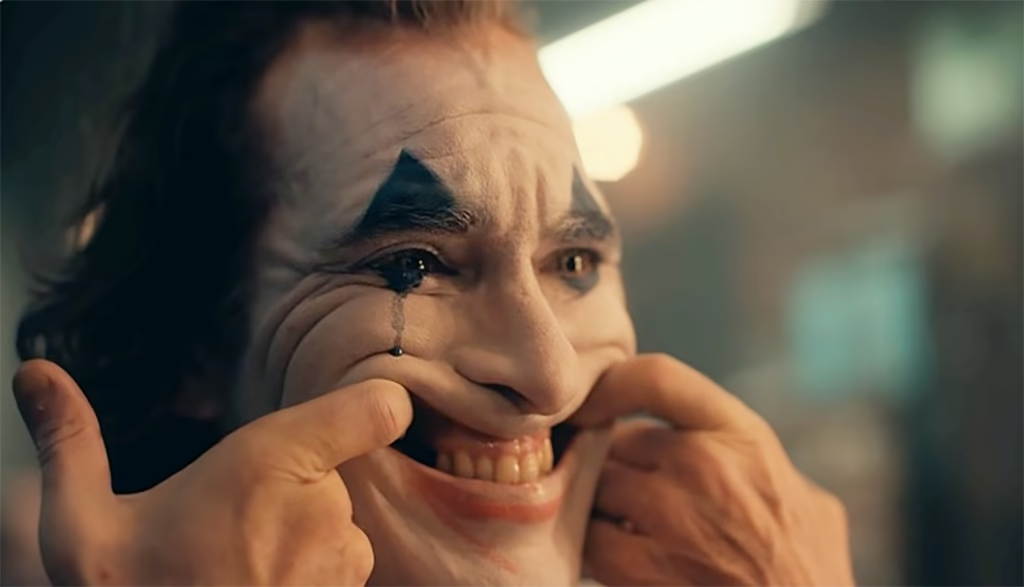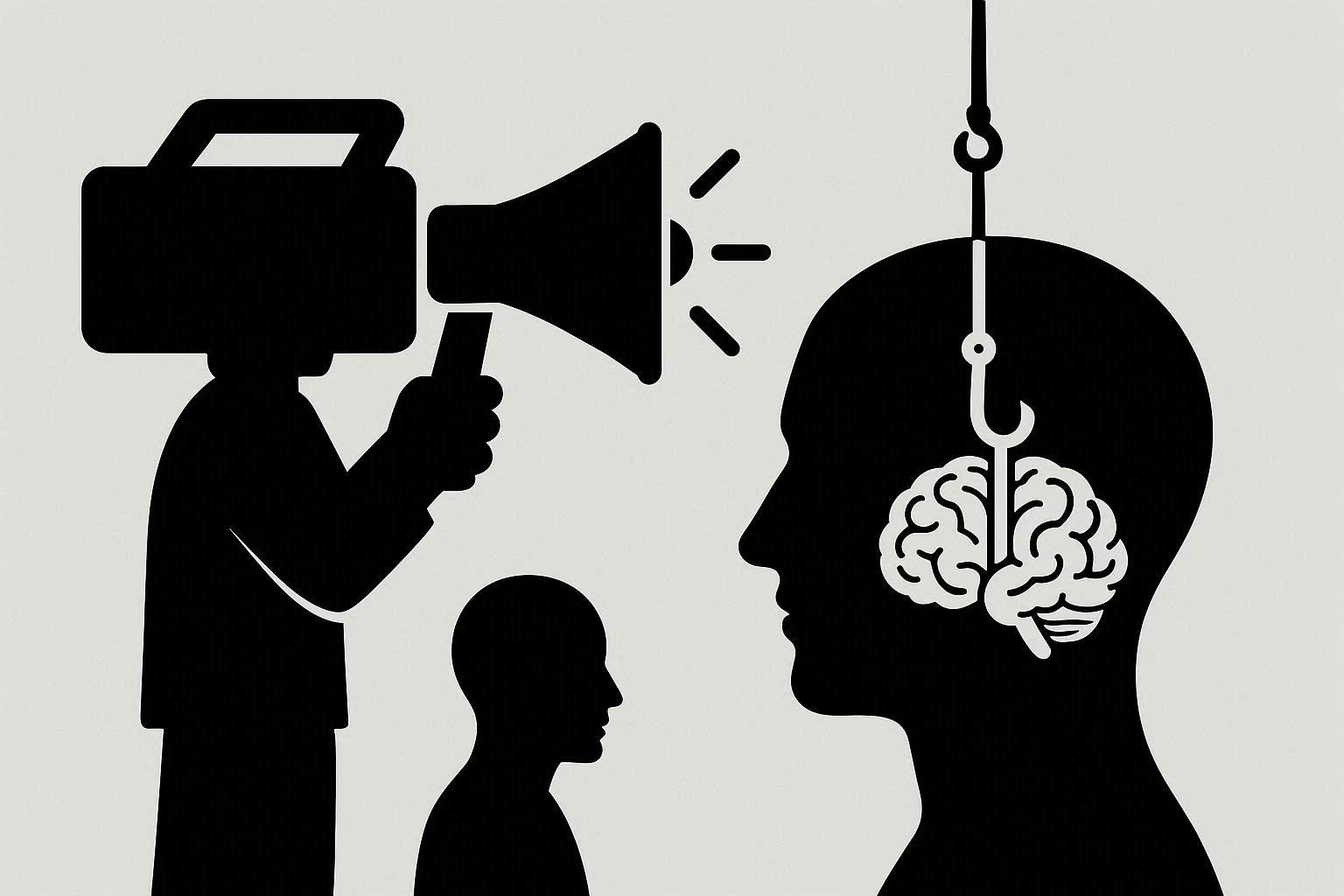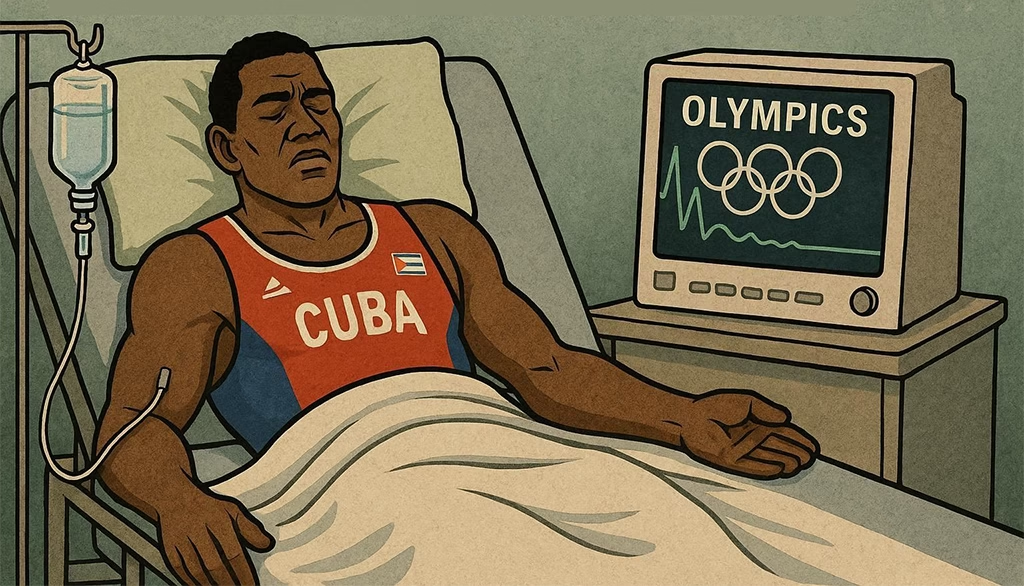Reading Time: 2 minutes
Content
Why does it matter?
Cine not only entertains: it shapes our perception of reality. In the case of mental health, it has oscillated between stigma and empathy, with real consequences. We analyze its evolution, errors and how it could be a tool of change.
1. From Monsters to Humans: The Transformation of Representation
• The stereotype of the “dangerous madman”
Psychosis (1960) and The silence of the lambs (1991) turned mental disorders into synonymous with violence, feeding myths that still persist.
• The era of complexity
films like a wonderful mind (schizophrenia) and Joker (trauma and mental illness) humanize their characters, although not always with clinical rigor.
• The contribution of the series
Bojack Horseman (depression, addiction) and Euphoria (trauma, addictions) normalize conversations about mental health in new generations.
2. When the cinema fails (and hurts)
- Glamorization of the pathological
American Psycho and Fight Club They turn psychopathy and narcissism into cool fetishes, ignoring the reality of clinical suffering.
- “mental sick = criminal”
80% of people with schizophrenia are not violent, but cinema prioritizes morbidity over real symptoms (eg auditory hallucinations, isolation).
- Caricatured therapies
Electroshocks without context, inept psychiatrists or miracle cures reinforce distrust in real treatments.
3. Lights on the screen: examples that make a difference
- Based on reality
the bright side of things (bipolar disorder) and Still Alice or The Father (Alzheimer) show everyday struggles, not sensationalist tragedies.
- Therapeutic tools
Psychologists use scenes from inside out (emotions) or the indomitable will hunting (trauma), among others, to facilitate affective mobilization and reflection.
4. How should the ideal representation be?
- Involve experts
Consulting psychiatrists and patients would avoid errors such as those of Split (ill represented dissociative identity disorder).
- Show diversity
Functional Characters: A Depression Lawyer (The Good Fight), a scientist with Obsessive Compulsive Disorder (OCD) (the man who knew infinity).
- Demand responsibility
Critics and the public must reward ethical productions (Silver Linings Playbook) and point out the harmful ones (Birdman for romanticizing psychosis).
Conclusion
Cinema has a great power to transform social perception of mental health, but its impact depends on the ethics and responsibility with which the issue is addressed. Although there are already significant advances, there are still stereotypes that must be corrected. A careful and responsible representation not only enriches art, but can also save lives, promoting understanding, empathy and respect.




